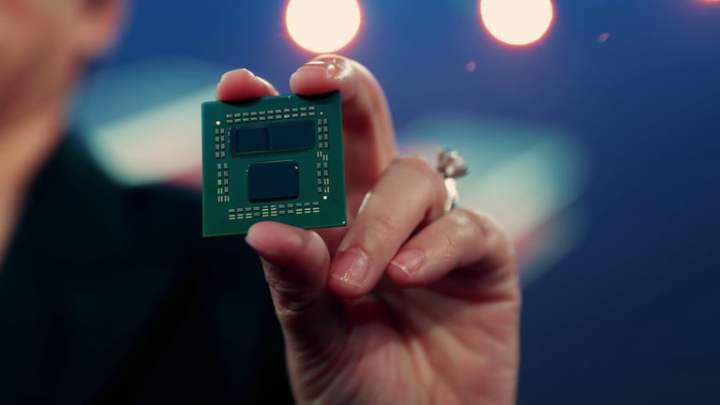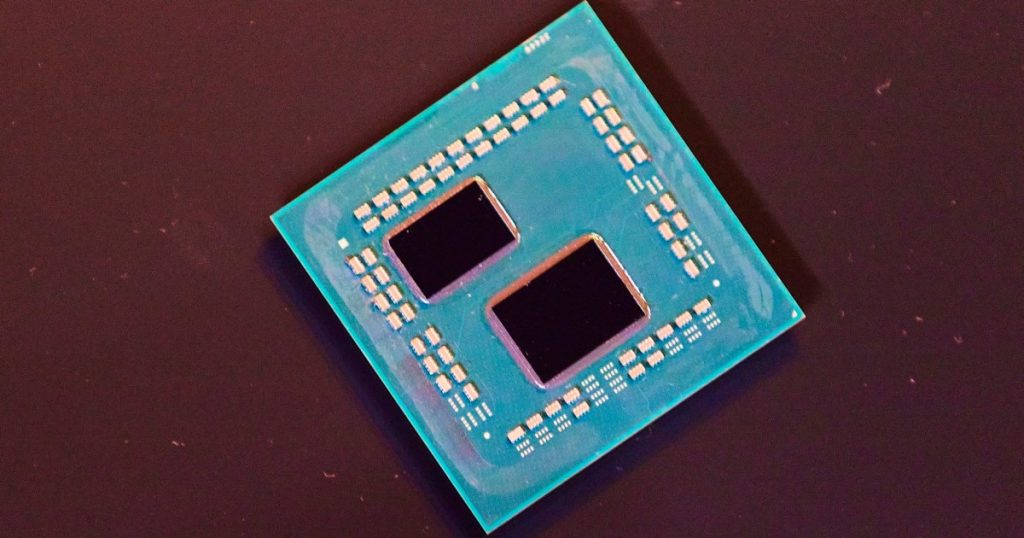AMD’s 7800X3D and 7950X3D are leading CPUs for gaming not because of their core count or clock speed, but due to their significant cache. CPU cache is a small, super-fast memory integrated into the chip itself, enabling quick access to data for operations.
While having more cache can enhance gaming performance, it does come with some downsides. Let’s explore everything you need to know about CPU cache.
Understanding CPU Cache
Cache refers to the memory within the CPU, either integrated into individual cores or shared among them. It eliminates the need to retrieve information from system RAM for every PC action. Processors have varying cache sizes, with larger CPUs boasting several megabytes of cache.

Get your weekly tech teardown on PC gaming
Cache remains essential despite fast SSD storage and RAM due to its performance benefits. In the past, CPU designers added cache to address the gap between CPU and RAM speeds, enhancing overall performance.
The hierarchy of memory, with cache at the top, RAM in the middle, and storage at the bottom, optimizes data access for CPUs, reducing latency and improving PC responsiveness.
Demystifying Cache Levels: L1, L2, L3
CPU cache comprises L1, L2, and L3 cache levels, each serving specific functions. L1 cache, the smallest and fastest, is exclusive to CPU cores and stores frequently accessed data.
L2 cache, often shared among cores, is larger and adds a layer between L1 cache and RAM. With bigger sizes comes increased latency, affecting communication speed.
L3 cache, shared among CPU cores, provides the largest storage space but has higher latency than L2 cache. Its role is critical in preventing the CPU from accessing slower RAM for necessary data.
While some CPUs feature L4 cache resembling on-package RAM, modern designs prioritize increasing cache sizes to boost gaming performance.
Is CPU Cache Crucial for Gaming?

CPU cache significantly impacts gaming performance, surpassing factors like IPC and clock speed. Games with diverse instructions benefit from ample cache, preventing CPU bottlenecks and enhancing GPU performance.
With AMD’s 3D V-Cache technology and increasing cache sizes, gaming CPUs aim to deliver unparalleled performance. Intel’s latest CPUs also prioritize cache upgrades to stay competitive in the gaming market.


